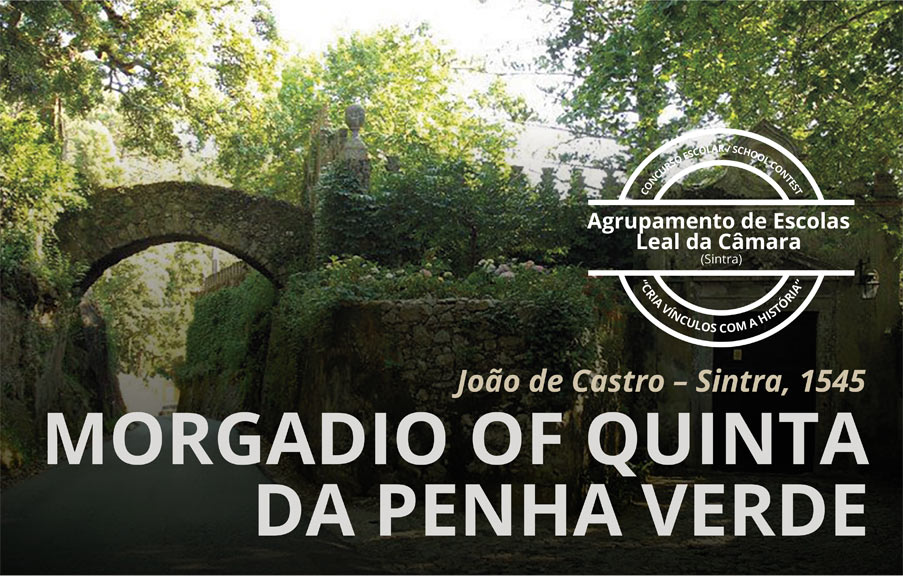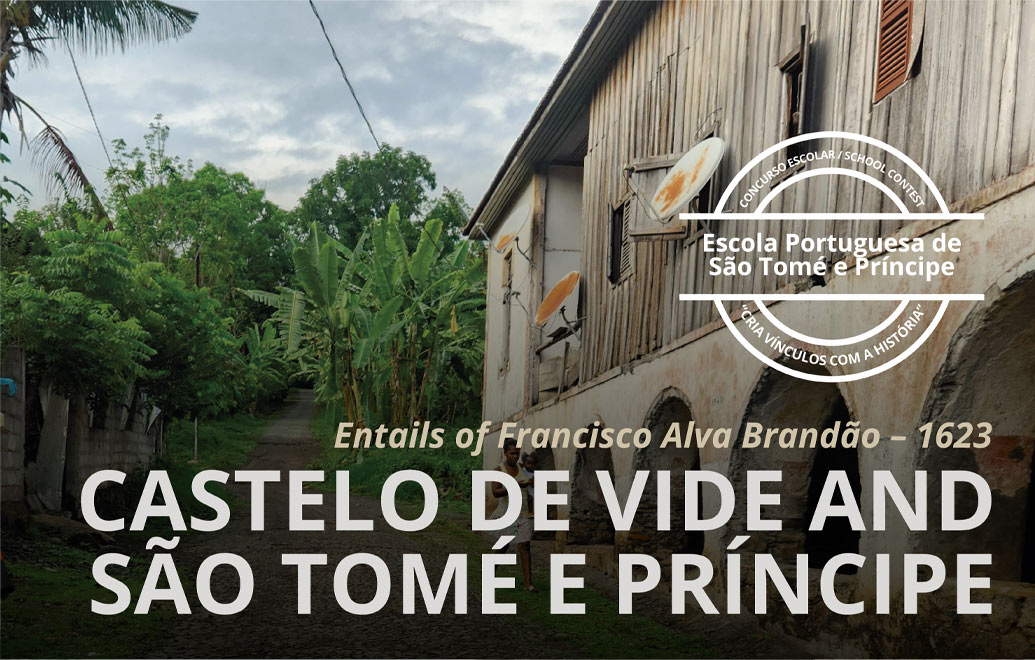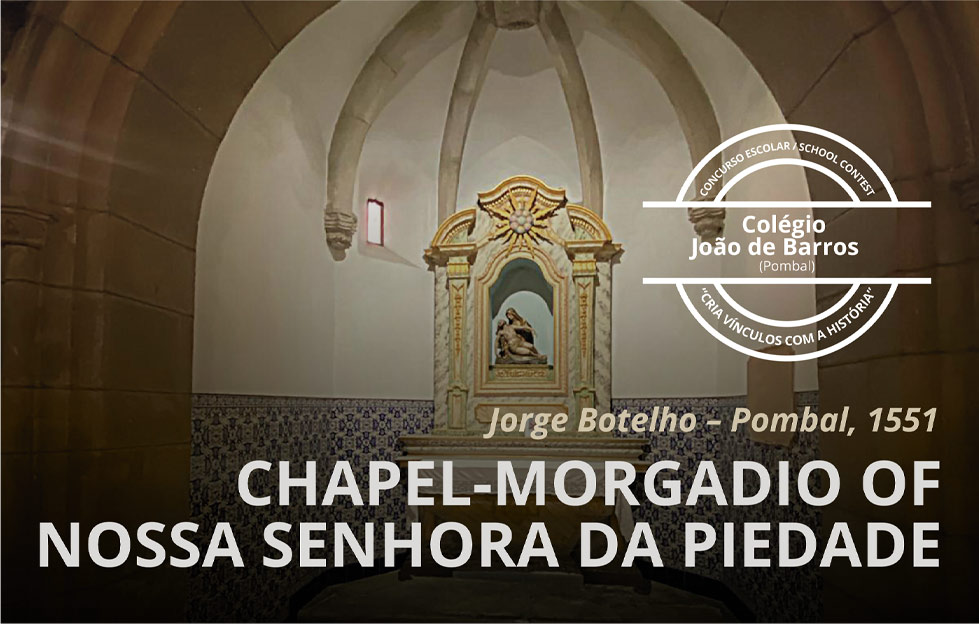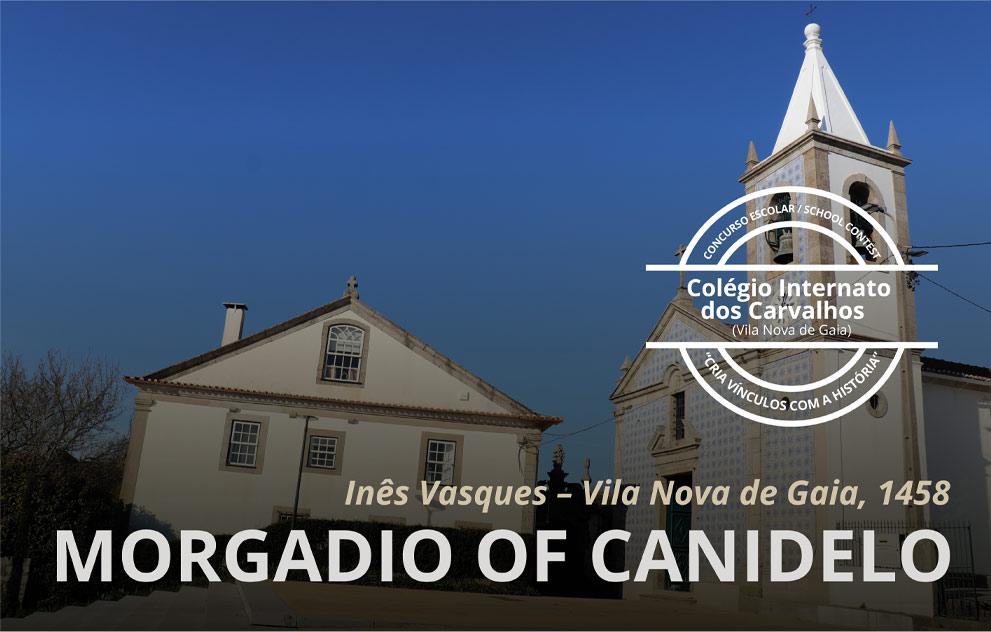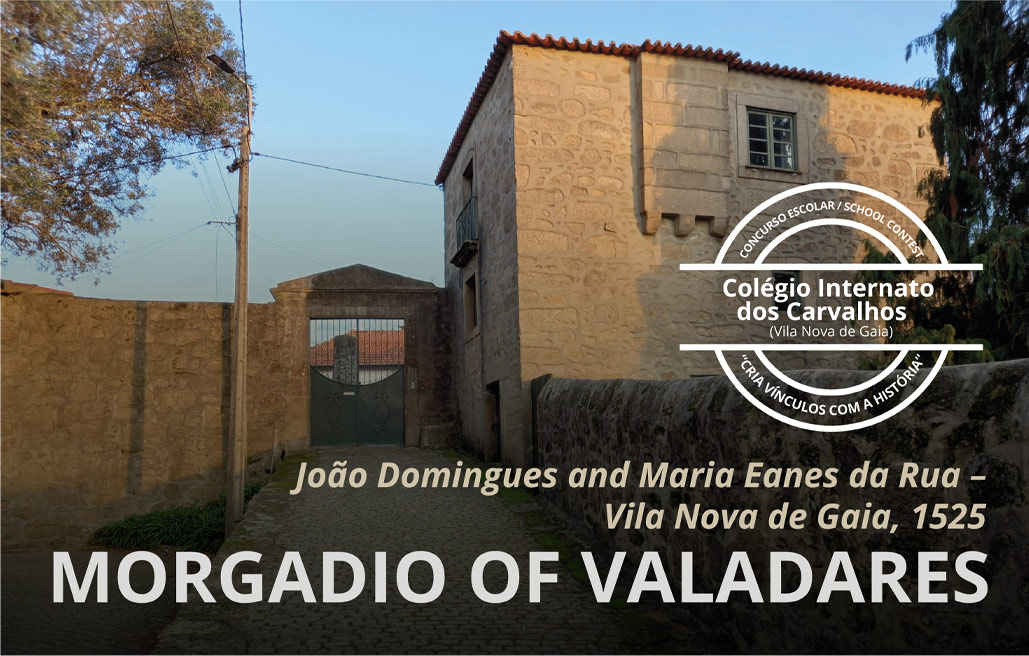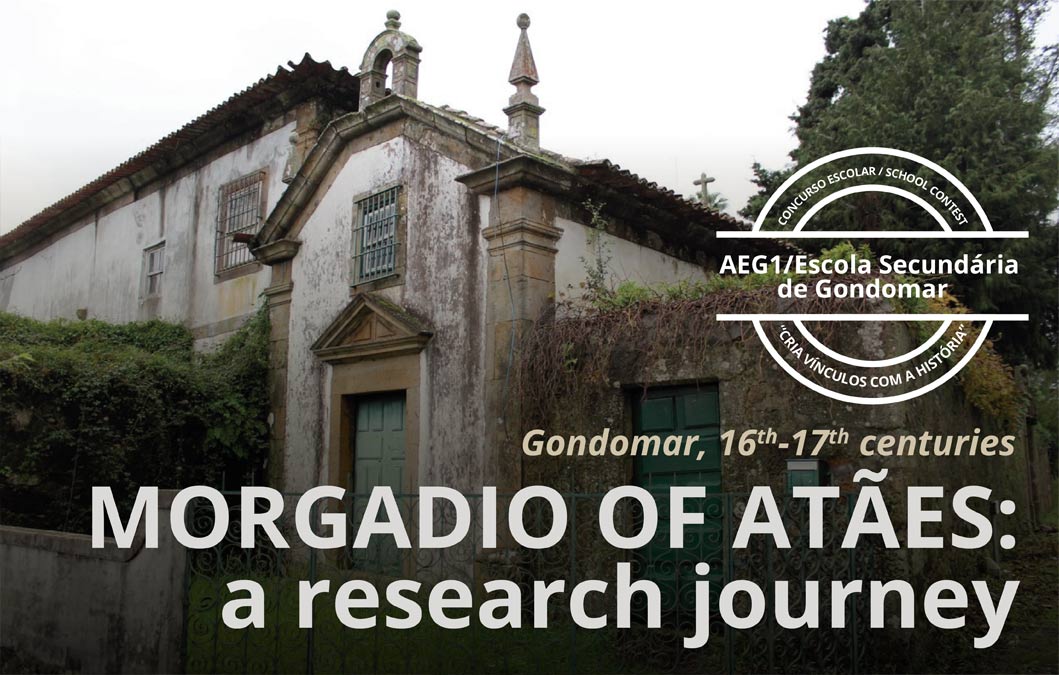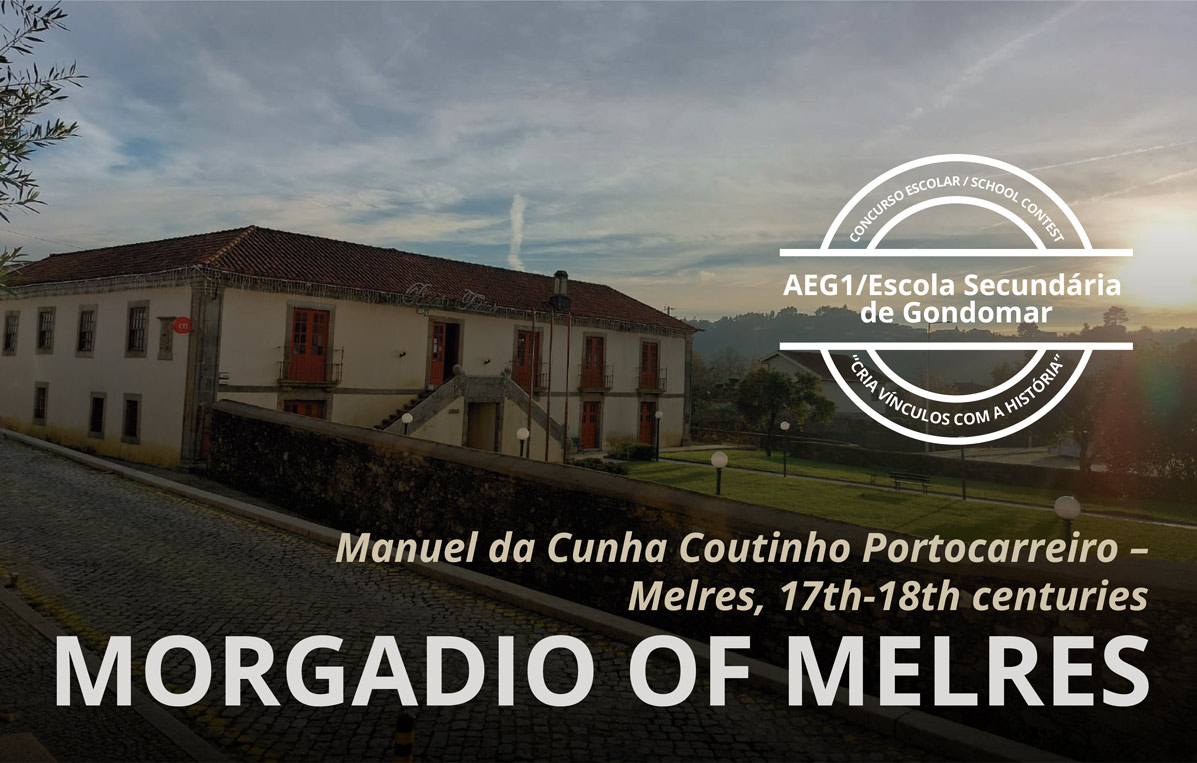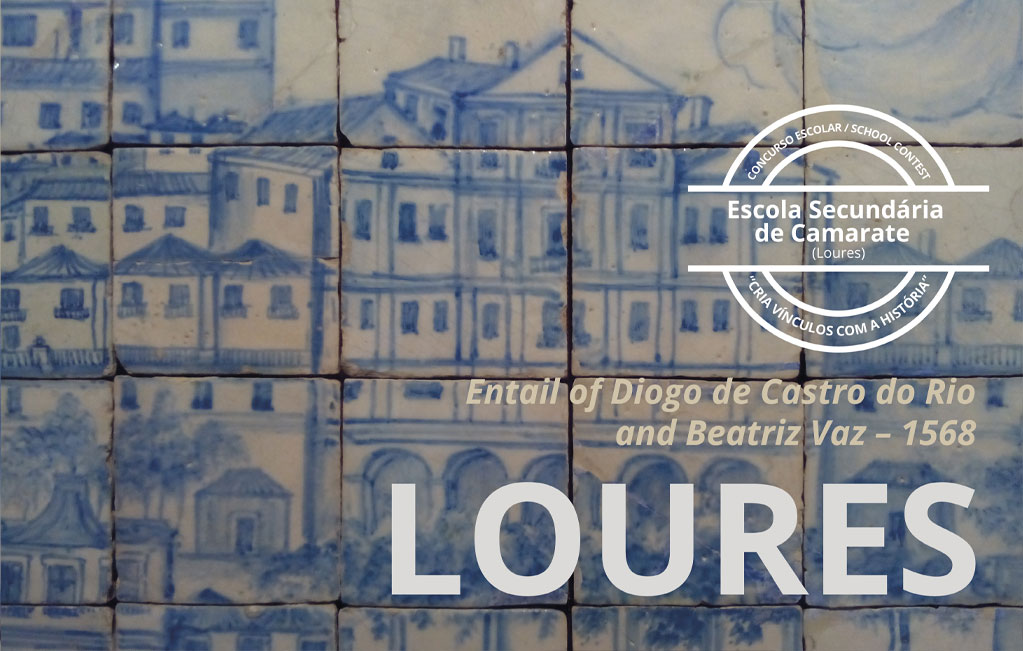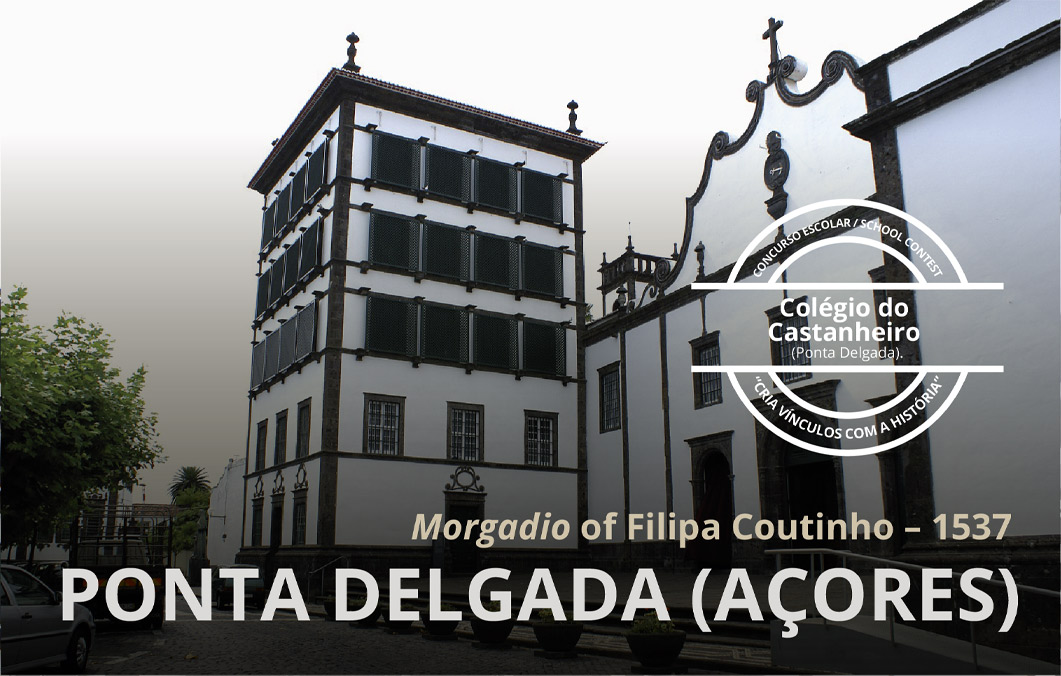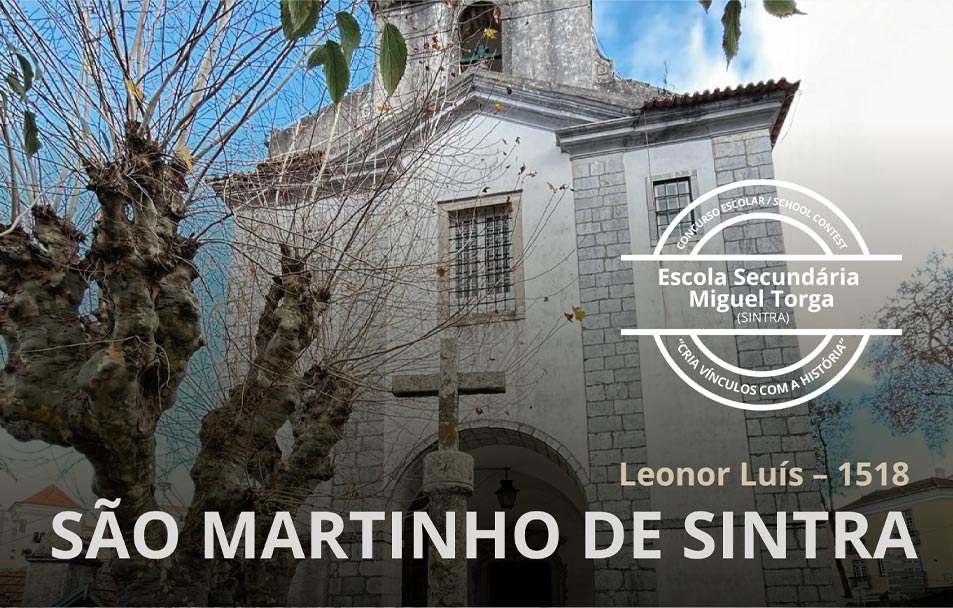Entail of the month (August, 2024)
Morgadio of Canidelo
By Inês Vasques (1458)
Santo André de Canidelo is part of the municipality and city of Vila Nova de Gaia, in the district of Porto. This parish is located in the north and west of the municipality, bordered to the north by the river Douro, to the west by the parish of Afurada, to the east by Santa Marinha and to the south by Madalena (COSTA, 2006: 17-18). Until the 13th century, Santo André de Canidelo belonged to the Terras de Santa Maria, which at the time corresponded to an ecclesiastical administrative region of the bishop of Porto. After the enquiries, Canidelo came under the patronage of Grijó monastery (COSTA, 2006: 66-67). The 14th century was marked by the creation of the municipality, which was founded for political reasons, but also for other reasons associated with the love affair of D. Pedro and Inês de Castro (MACHADO, 1966: 80). On 6 April 1375, King Fernando annulled D. Pedro’s decision by letter, ordering the judges of Gaia to overturn it, claiming that there were no conditions for maintaining the region as a municipality (ANTT, Chancelaria de D. Fernando, Liv. 1, fl. 171).
[Fig. 1] Exterior view of the Quinta do Paço house, Canidelo.
The history of the “quinta” and the town in later decades is still little known. In the middle of the 15th century, however, a unique woman entered Canidelo’s history, and her will opens a real window into the local past: Inês Vasques, the founder of the Canidelo entail. When we met her in 1458, she was already the owner of a vast estate, inherited from her first husband, Álvaro Afonso Dinis, or acquired jointly with him: in addition to the Canidelo estate, she owned a place in Buarcos; pieces of land in Vilarinho (Braga), Eiras (Coimbra), Rates (Póvoa de Varzim); two houses in Coimbra; a chapel in the monastery of São Domingos that she had established after the death of her first husband; more than a hundred gold beads; jewellery; silver coins and gold crowns. We can therefore infer that she was a woman with great economic power and management skills, as well as a strongly religious person, with clear ideas about what she should do to save her soul and continue her memory (ROSA, 1995: 226-228).
Devout as she was, fearing the day and hour of her death, Inês had her will drawn up on 18 June 1457 in the city of Porto, in her dwelling houses (ADP, Mosteiro de São Domingos do Porto, Instituições de capelas e aniversários e missas rezadas, K/19/6 – 1, unnumbered folios, 1440-1501). By her last will and testament, she ordered that, for the remission of her sins, her body be buried in the altar of Jesus in the chapel of the monastery of São Domingos in Porto. Awareness of her importance led Inês to order the construction of a proper space for her tomb (“monumento”), marked by an “arch”. She ordered that funeral ceremonies should be held not only in this monastery, but also in the monasteries of São Pedro and Santa Marinha. She ordered a mass to be said for her soul every day for the first year, and solemn perpetual ceremonies every week thereafter. Finally, she commanded her executors to offer a silk cloth garment and a chalice of two silver marks to the cathedral of the Porto and, because she hadn’t paid tithes, she left it one hundred réis.
[Fig. 2] Main door of Quinta do Paço, Canidelo.
As Inês had no children from either marriages, she chose as her successor the nephew, João Álvares Ribeiro. She also listed a series of assets that she donated to some of her servants, to another nephew, to people she trusted and who lived with her, to another of her executors, João Eanes Piliteiro, who lived in the city of Porto, to Guiomar Sá, daughter of Gonçalo Sá and to other relatives.
Inês also indicated to her executors that, when the will out to practice, her husband, Gonçalo de Sá, would have to return 350 gold crowns, corresponding to what would be the testator’s “rightful share” of his daughter’s dowry. This reveals Inês’ strong personality and her ability to manage her own assets independently. In fact, her husband had decided to give his daughter, Guiomar de Sá, 700 gold crowns as a dowry, and had forced Inês to contribute with half of the amount; but she hadn’t accepted and had taken legal action, winning the dispute and keeping record of it. She recalled all this in the will and made it clear that Guiomar de Sá would receive a much smaller sum, 100 gold crowns.
[Fig. 3] Quinta do Paço house and Canidelo church. The church was built around the 12th century, taking advantage of a small hermitage attached to the quinta, the future manor house. It was enlarged as the population grew.
In order to make sure that the heirs would accept the will and there would be no disagreements, Inês Vasques appointed the bachelor Frei João de Louredo, a friar from the monastery of São Domingos, as her ombudsman.
From the start of writing the will and throughout the act, Inês Vasques was concerned about ensuring the salvation of her soul, in accordance with the precepts of the Church. In fact, wills were seen as an individual’s last plan on earth; for this reason, Inês demanded its strict fulfilment, as she didn’t want to go to hell, but rather wanted her sins to be forgiven.
Meanwhile, on 16 December 1458, at Quinta de Valadares, Inês Vasques, then ill, made a codicil to the aforementioned will, removing some of the assets she had allocated and stating that her final will was to leave all her root assets to her nephew, João Álvares Ribeiro, a knight of the royal house and resident in Porto, with a specific form of succession (BNP, Arquivo Almeida Lencastre Basto, “Secção ANTT”, cx. 4, doc. 677a, fls. 65-66). This was the birth of the Canidelo entail. In fact, Inês Vasques decided that the property would pass from first-born son to first-born son, and in this way entailed the possession, conservation and transmission of the Canidelo morgadio, established in a foundational document that would be passed down from generation to generation. The importance that the Canidelo morgados attached to this document resulted in the existence of a “morgadio book”, a type of document of which we know few copies today, the Canidelo one being the oldest. It is a codex in which the most relevant legal acts regarding property were copied, sometimes adding observations about family life and the management of assets, as is the case here (ROSA, 2015: 98-99).
[Fig. 4] Panoramic view of the fields of Quinta do Paço, Canidelo.
The morgadio of Canidelo was given as a dowry in 1565 to Antónia de Sousa, granddaughter of Fernão Ribeiro and Filipa Sousa, when she married Francisco Ferreira Furtado de Mendonça, morgado of Argemil and Fajozes. The administration of the morgadio thus passed to this noble family from the Porto region, owners of vast estates (GAGO, 2019: 78). After the extinction of the morgadios, these assets were diluted in various inheritances. The old history of the estate and the memory of Inês Vasques were lost. Our text is a contribution to finding it again, through the journeys into the past that the study of History allows us to make.
This “Entail of the Month” was produced in the context of the “Cria Vínculos com a História” competition.
School: Colégio Internato dos Carvalhos (Vila Nova de Gaia).
Class: 11.º PT (Heritage and Tourism Studies).
Teacher: Paula Cristina Almeida de Oliveira.
Students: Carolina Negrão, Filipe Silva, Helena Ribeiro, Mafalda Tavares, Eduardo Ribeiro, Raquel Rodrigues, Beatriz Maia, Daniela Silva, Patrícia Silva, Rodrigo Martins, Hugo Livongue, Dinis Oliveira, Gonçalo Santos, Nádia Santos, Lua Neves, Maria Miguel Rocha, Inês Ferreira, Nuno Martins, Miguel Leal, Cátia Lopes, Bruna Belchior, Marcos Guedes.
Coordination: Maria de Lurdes Rosa, Leonor Dias Garcia.
Sources and bibliography
ADP, Mosteiro de São Domingos do Porto, “Instituições de capelas e aniversários e missas rezadas”, K/19/6 – 1, fls. não numerados, 1440-1501.
ANTT, Chancelaria de D. Fernando, liv. 1, fl. 171.
BNP, Arquivo Almeida Lencastre Basto, “Secção ANTT”, cx. 4, doc. 677a, fls. 65-66.
COSTA, Francisco Barbosa da – Santo André de Canidelo: notas monográficas, Vila Nova de Gaia, 2006.
GAGO, Alice João Palma Borges – Arquivos e práticas arquivísticas de famílias de elite (Portugal, séculos XV-XVII). Vol. 1. Lisboa: FCSH – Universidade Nova de Lisboa, 2019. Dissertação de doutoramento em História – especialidade em Arquivística Histórica. [15/02/2024] Available at http://hdl.handle.net/10362/91290.
MACHADO, J. T. Montalvão – D. Pedro e D. Inês em Canidelo, Terras de Gaia. O Tripeiro. 6.ª série, Ano VI, n.º 8, agosto de 1966, pp. 227-235.
ROSA, Maria de Lurdes – Livro do Morgadio do Canidelo. In Rosa, Maria de Lurdes; Head, Randolph C., eds. – Rethinking the archive in pre-Modern Europe: family archives and their inventories from the 15th to the 19th century. Lisboa: IEM, 2015.
ROSA, Maria de Lurdes – O morgadio em Portugal, sécs. XIV-XV. Modelos e práticas de comportamento linhagístico. Lisboa: Editorial Estampa, 1995.
Other entails of the month



